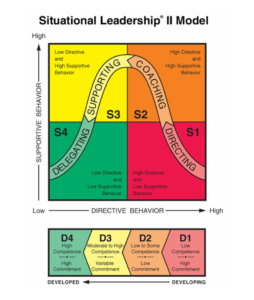The Banking Management Simulation (BMSim): A Capstone Experience
The Banking Management Simulation (BMSim) is an immersive capstone experience that draws upon the knowledge and skills acquired throughout your time at the Graduate School of Banking at LSU (GSBLSU). This simulation places equal emphasis on risk management and financial performance, while also emphasizing the importance of teamwork, communication, and leadership for success.
Structure: The BMSim is structured around six communities of banks, with each community consisting of five to six banks. Within each community, there is an instructor and a regulator who oversee the operations. The course administrator is responsible for running the program and ensuring its smooth functioning.
Team Dynamics: Teams in the BMSim are comprised of 5-7 members, and the instructors do not assign the teams. It is common for team members to come from different banks and states, fostering a diverse and collaborative environment. Notably, one-time school administrators are permitted to select themselves as team members, further enhancing the interdisciplinary nature of the simulation.
Roles and Organization: In BMSim, teams have the autonomy to organize themselves and assign specific roles to members. Roles typically include lending, deposits, and investments. It is crucial for team members to discuss and decide on their roles prior to each session. Interestingly, it is encouraged for participants to volunteer for roles they do not typically handle in their real banks, promoting a broader understanding of various banking functions.
Key Role of the CEO: Perhaps the most important decision in the BMSim is the selection of the Chief Executive Officer (CEO). The CEO plays a vital role in determining the team’s success or failure. They are responsible for keeping everyone organized and focused while ensuring effective communication and avoiding conflicts. The CEO’s ability to delegate authority appropriately and employ the right management style, whether loose or committed, greatly impacts the team’s performance.
General Overview: At the start of the simulation, each bank holds a 10% market share. The market conditions, both on a national and community level, undergo constant changes. As the newly appointed management team, the previous management group has been dismissed, and the responsibility falls upon you to steer your bank to success. Each decision made represents a quarter in the simulation, which extends over eight quarters. It is important to consider the short and long-term implications of these decisions, as consistency in decision-making and performance is crucial. Furthermore, tradeoffs exist with every decision, necessitating careful consideration. Each community of banks competes independently of one another, emphasizing the significance of focusing on the big picture and not getting caught up in inconsequential issues.
Regulatory Structure: Regulators in the BMSim consist of current or retired regulators from State or Federal Agencies. These regulators are responsible for issuing new regulations and enforcing existing ones to ensure compliance within the simulation.
Regulations Used in BMSim: Within the BMSim, various regulations are implemented, such as “Federal Funds Purchased” and “Federal funds purchases in excess of 100% of owner’s equity.” These regulations primarily focus on liquidity management and the challenges associated with obtaining deposits.
The Banking Management Simulation (BMSim) offers a comprehensive and immersive capstone experience for participants at GSBLSU. As GSBLSU instructor David Coyle pointed out to students, by emphasizing risk management, financial performance, teamwork, communication, and leadership, the BMSim prepares future banking professionals for the challenges and complexities of the industry. Through the simulation’s structure, team dynamics, organization, and regulatory framework, participants gain a holistic understanding of the banking landscape, fostering critical thinking and decision-making skills that are vital for success in the real-world banking sector.


